Apple Enters Brain-Computer Interface Market with "Innovative Technology" - Direct Brain-to-iPhone Connection, Mind-Controlled Vision Pro?, [Apple, Brain-Computer Interface, VisionPro, Synchron, Giant
![]() 06/03 2025
06/03 2025
![]() 438
438
Apple and Brain-Computer Interfaces
The earliest information linking Apple to brain-computer interfaces (BCIs) emerged shortly after the release of Vision Pro, in June 2023.
On June 7, 2023, Sterling Crispin, a former neural technology researcher at Apple, posted on foreign social media that Vision Pro's current features are merely the tip of the iceberg. Based on eye-tracking, perception, and reaction technologies, Vision Pro can connect through the human eye to the brain, creating a rudimentary BCI experience.
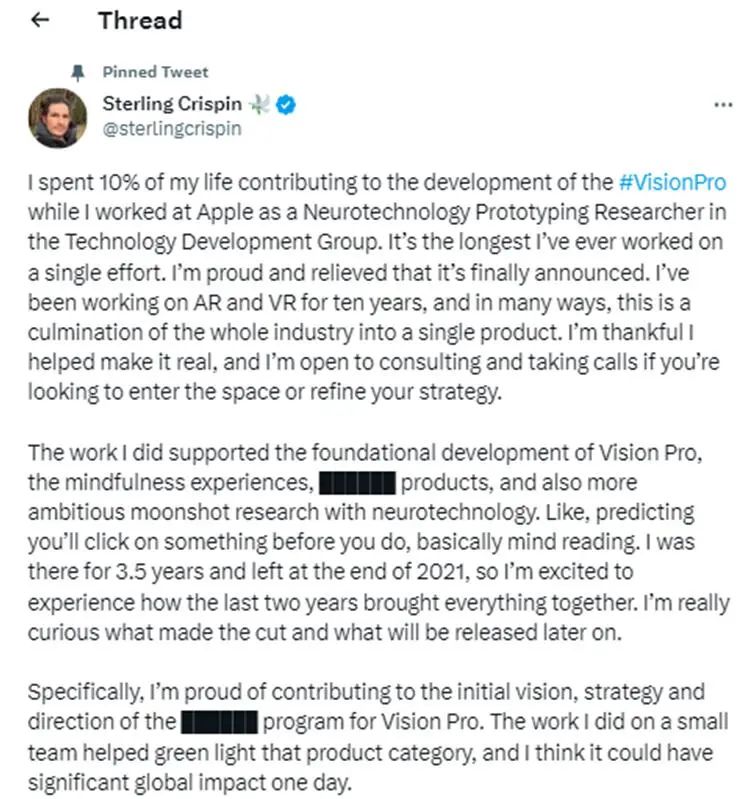
Apple's attitude towards BCIs is similar to its stance on the metaverse: it avoids direct usage and prefers alternative terms like neuroscience. Despite these efforts, Apple's fame has attracted BCI companies like Synchron to seek partnerships.
Synchron is an American company dedicated to the development of minimally invasive neural interface technology, supported by Jeff Bezos of Amazon and Bill Gates of Microsoft. Founded in 2012, Synchron is headquartered in New York, with Tom Oxley as its founder and CEO. Synchron was previously known as SmartStent before renaming in 2016.
In July 2021, Synchron received authorization from the U.S. FDA for initial human trials and implanted its devices in six patients, with no severe adverse side effects reported. In 2022, Synchron successfully implanted BCI chips in six patients in the United States.

In July 2024, Synchron announced that a 64-year-old patient with Amyotrophic Lateral Sclerosis (ALS) successfully used Vision Pro through their BCI technology. With this technology, the patient could control the cursor on Vision Pro to play cards, watch Apple TV, and send text messages without using their hands.
Tom Oxley, CEO and founder of Synchron, said, "Vision Pro is a very powerful system, but it relies on gestures to control the user interface. We are trying to obtain control signals directly from the brain. We are moving towards a new standard of human-machine interaction that does not require touch or voice. This is an urgent need for millions of paralyzed patients."
Perhaps Synchron's successful combination of Vision Pro with BCI technology to help many paralyzed patients has inspired Apple's confidence in BCI technology, prompting the company to embrace it.
On May 13, 2025, local time, Apple announced that it would introduce a series of new features later this year to enhance the accessibility of its devices. This includes a new switch control protocol for iOS, iPadOS, and visionOS that supports BCIs. This protocol allows users to control devices without physical movement.
Specifically, the BCI switch control protocol is designed for those with mobility issues, enabling device control through brainwave signals without physical touch. Apple noted that this feature would initially support certified third-party BCI devices and may later incorporate Apple's own neural interface technology.
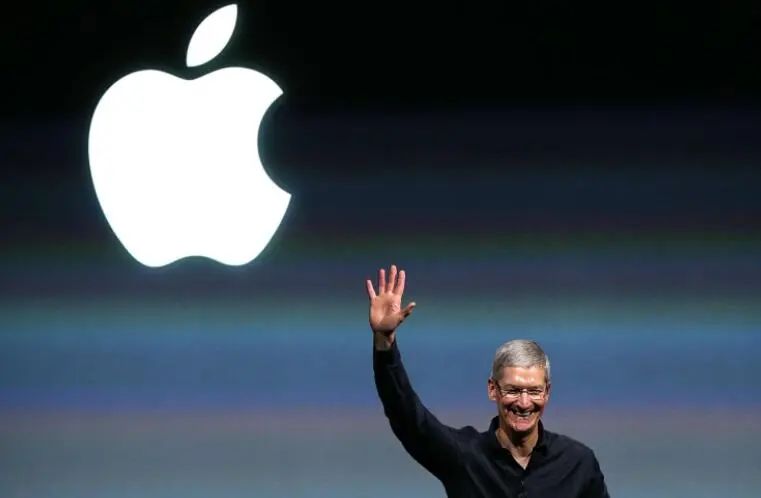
It's worth mentioning that Apple is not the first American giant to publicly support BCI technology.
American Giants Involved in Brain-Computer Interfaces
In 1924, humans first detected brain electrical signals, giving rise to the concept of BCIs. A BCI establishes a direct communication channel between the brain and external devices, transmitting signals from the central nervous system without relying on peripheral neural and muscular systems. It is often used to assist, enhance, or repair sensory-motor functions or improve human-machine interaction capabilities.
The term "brain-computer interface" (BCI) may evoke images of science fiction, suggesting a technology that upgrades human abilities. Therefore, it has attracted the attention of many American giants:
Microsoft: Microsoft Research has a BCI project aimed at making BCI technology accessible to the general public. To this end, it adopts a non-invasive approach using a relatively small number of electrodes and custom-designed signal acquisition devices, focusing on developing interactive BCIs with response times within seconds using EEG signals.
Google: Google has been active in BCIs. In July 2021, Musk's Neuralink company announced a new round of $200 million funding led by Dubai-based venture capital firm Vy Capital, with Google Ventures participating.
In September 2022, Google for Education, BrainCo, and a Nasdaq-listed company held an online launch event in Brazil, announcing that BrainCo and the Nasdaq-listed company had become strategic partners of Google for Education. The event also introduced an educational technology product based on advanced BCI technology to enhance classroom teaching.

Meta: In February 2025, Meta collaborated with the Basque Center on Cognition in Spain to develop a BCI system called Brain2Qwerty, utilizing non-invasive brain signal acquisition technology to achieve a breakthrough in "typing" with thought. This technology could revolutionize human-machine interaction and bring hope to patients with impaired language function.
Additionally, giants like Amazon and NVIDIA have entered the BCI field, with some small American companies also focusing on this area. The most notable is Neuralink, led by Tesla founder Elon Musk.
Founded in 2016, Neuralink focuses on BCI technology. In May 2023, Neuralink announced that it had received FDA approval to initiate its first human clinical study, involving the implantation of its devices into human brains.
In March 2024, the first Neuralink brain-machine chip implant recipient, Noland Arbaugh, posted his first tweet on the X platform using his mind.
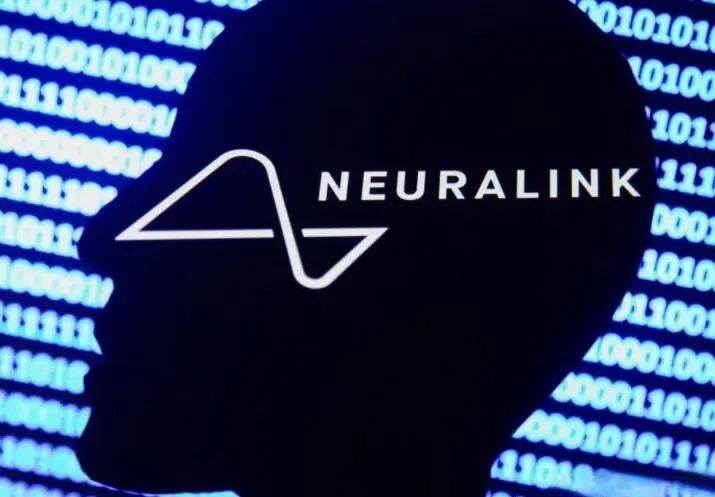
Neuralink plans to complete 20-30 implant surgeries in 2025, launching the Blindsight project to explore restoring vision through BCIs. Ultimately, Neuralink's long-term goal is to achieve a full-brain interface, fusing the human brain with AI and increasing bandwidth to Gigabit levels.
After looking at American companies involved in BCIs, let's turn our attention to China.
Thriving Domestic Brain-Computer Interface Market
Unlike the enthusiastic involvement of American giants, domestic giants have shown a cooler attitude towards BCIs, with limited actions.
For example, in September 2024, during the Huawei Connect conference, Huawei signed a cooperation agreement with CS&S Education Technology Group and Zhejiang BrainCo Technology Co., Ltd. to jointly establish a neural electrical signal AI innovation and training center. The three parties will leverage their respective strengths to fully cooperate in cultivating BCI industry talents and scientific and technological innovation research.
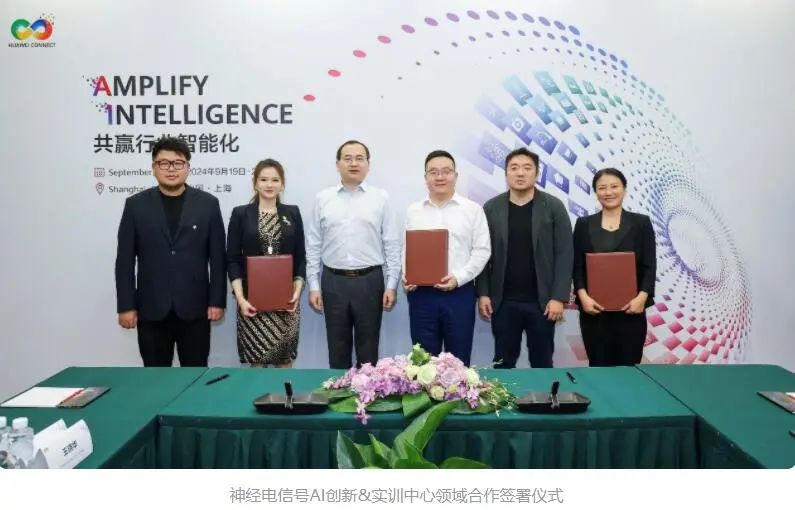
In October, Huawei publicly announced two core patents related to BCIs: "Methods for Controlling a Stimulator, Stimulator, Brain-Computer Interface System, and Chip" and "A Brain-Computer Interface Device and Information Acquisition Method." These patents marked the first time that direct communication between the brain and devices was established through chips.
In March 2025, Tencent received official authorization for a patent titled "Motion Control Method and Related Devices Based on Brain-Computer Interface," revealing the company's in-depth exploration in the fields of BCIs and motion control.
Despite the limited actions of giants, the development of the BCI field in China remains vigorous.
In terms of theoretical guidance, in March 2025, the China Academy of Information and Communications Technology, in collaboration with Tsinghua University, Zhejiang University, Huashan Hospital of Fudan University, and Shanghai Shuli Intelligence Technology Co., Ltd., among others, published the "Brain-Computer Interface Standardization Roadmap (2025)." This roadmap provides a comprehensive, systematic, and forward-looking plan for BCI standardization, offering theoretical support for subsequent collaborative standardization efforts and promoting the standardized application and innovative development of BCI technology globally.
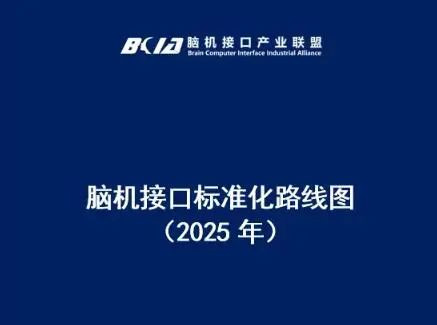
In practical applications, also in March, the Beijing Municipal Science and Technology Commission and Zhongguancun Management Committee held a media briefing, announcing the completion of the world's first human implantation of the "Beijing Brain I" flexible, high-throughput, semi-invasive, wireless, fully implanted BCI system. "Beijing Brain I" achieved the world's first wirelessly implanted Chinese language BCI, successfully helping patients with aphasia due to ALS regain communication abilities. This innovative achievement marks a crucial step forward in the field of BCIs for language function restoration, providing a new treatment option for patients with aphasia due to conditions like ALS, stroke, and more.
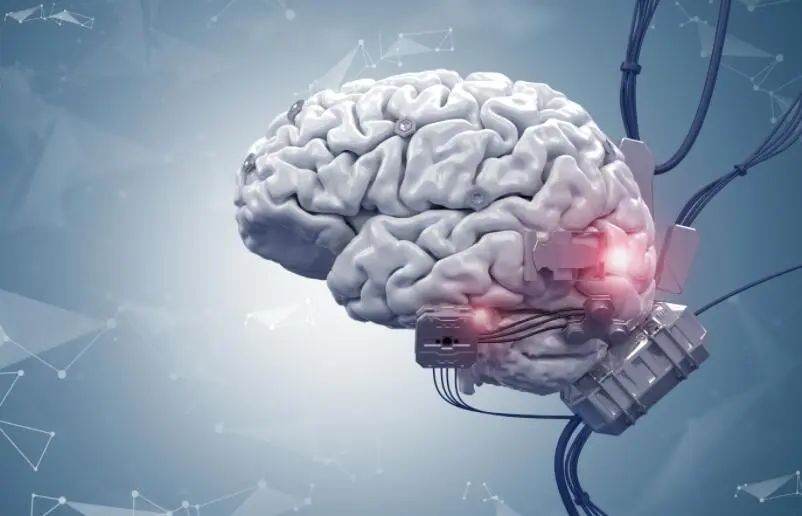
In terms of policy support, China's BCI policy development began in 2021 when the Ministry of Science and Technology announced relevant projects under the Science and Technology Innovation 2030 Initiative, with brain-machine intelligence technology becoming one of the core research directions. Subsequently, various regions have introduced corresponding policies, such as Beijing's Action Plan for Accelerating the Innovative Development of Brain-Computer Interfaces (2025-2030) and Shanghai's Action Plan for Cultivating Future Industries.
For example, in May this year, Sichuan released the "Action Plan for Breakthroughs in the Brain-Computer Interface and Human-Computer Interaction Industry in Sichuan Province (2025-2030)" (hereinafter referred to as the "Action Plan"). The Action Plan states that by 2030, products will achieve large-scale production and application, with significant improvements in the self-controllability of the industrial chain and supply chain system, and the industry's comprehensive competitiveness will lead the nation. It aims to attract and cultivate 10 leading enterprises, 100 specialized and innovative enterprises, and 200 innovative small and medium-sized enterprises. It plans to conduct 3,000 invasive BCI surgeries annually, serve over 100,000 patients with neurodegenerative diseases, mental illnesses, and drug and digital addiction through BCI technology products annually, and apply rehabilitation equipment to over 20,000 patients annually.
Comparing the development of BCIs in China and the United States, one finds that the United States is led by giants, with even small companies having ties to giants, while China is dominated by government agencies, attracting private companies to enter the field.
Final Thoughts
According to CCTV reports, China's BCI market size reached 3.2 billion yuan in 2024, with an annual growth rate of 18.8%. It is estimated that this figure will exceed 3.8 billion yuan in 2025 and surpass 5.5 billion yuan by 2027, maintaining an average annual growth rate of around 20%.
Additionally, Precedence Statistics data shows that the global BCI market size reached $2.35 billion in 2023. It is projected to reach $10.89 billion by 2033, with a compound annual growth rate of 16.55%.
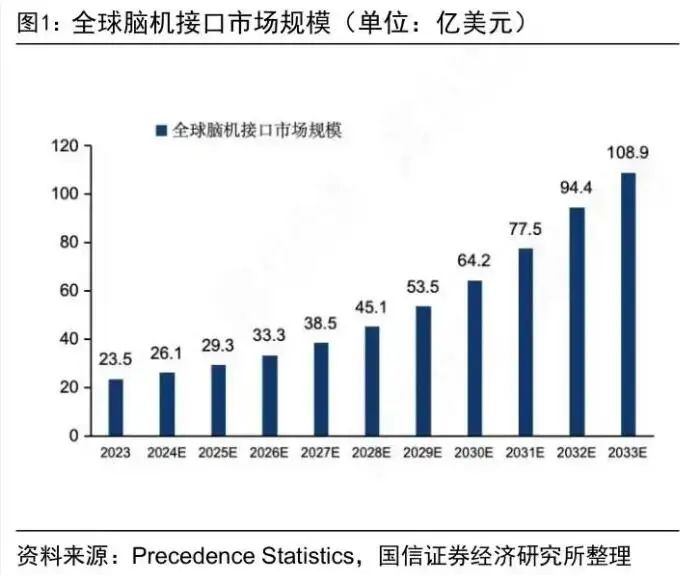
Given the vast and rapidly growing market size of BCIs, it's no wonder that giants like Apple are eyeing this field. Domestic giants should also take proactive actions.
Text/Doflamingo
(All images in this article are sourced from the internet)







